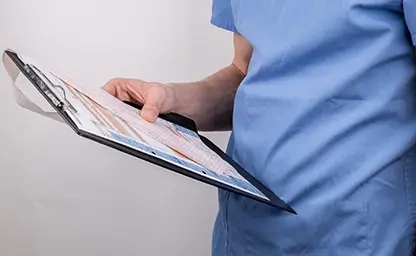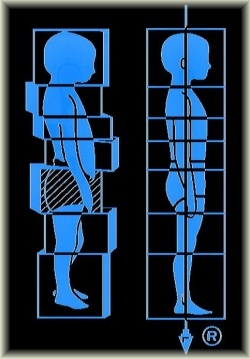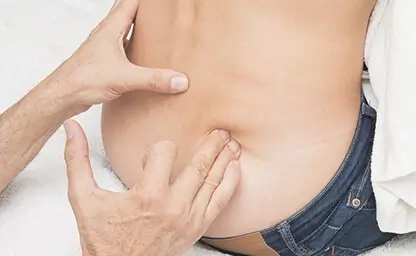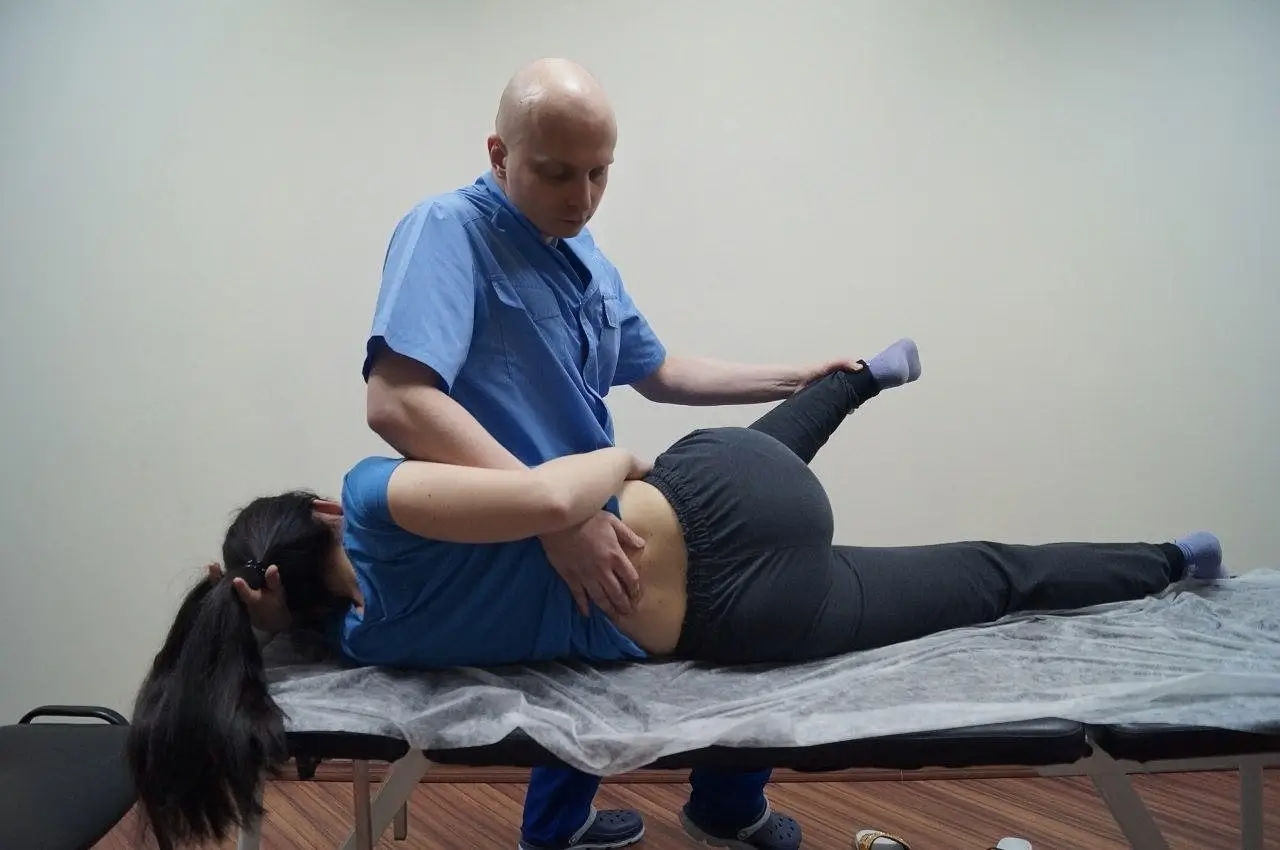

Structural Integration Massage
ROLFING
Rolfing, or structural integration, is based on the ideas of its creator - American biochemist Ida Rolf. The essence of the method lies in the fact that human health and well-being directly depend on the proper vertical alignment of various body parts relative to gravitational forces.
 The Rolfing procedure consists of deep massage sessions of muscle fascia - the connective tissue sheaths of muscles. The massage is performed with sharp movements of elbows and fingers, and it can be quite painful. Such intensive manual therapy relaxes the fascia, restores its elasticity, resulting in proper posture restoration and improvement of the entire body's condition.
The Rolfing procedure consists of deep massage sessions of muscle fascia - the connective tissue sheaths of muscles. The massage is performed with sharp movements of elbows and fingers, and it can be quite painful. Such intensive manual therapy relaxes the fascia, restores its elasticity, resulting in proper posture restoration and improvement of the entire body's condition.
History of the Method
Rolfing was developed by American biochemist Ida Pauline Rolf in the 1930s-40s. She suffered from various chronic diseases and couldn't find effective treatment in traditional medicine.
Then Ida Rolf began studying yoga, osteopathy, and various massage methods. She discovered that many health problems are related to disruption of proper body structure under the influence of stress and tension. Thus was born the idea of the method, which gained wide recognition as Rolfing in the 1960s-70s.
In 1971, Ida Rolf founded the Institute of Structural Integration to train specialists in her method. Now this institute is located in Boulder, Colorado, and trains certified Rolfing therapists.
Theoretical Principles
The main idea of Rolfing is that a healthy body should remain straight and balanced relative to gravitational forces, spending minimum effort on this. Any stress and trauma lead to structural changes in the body - muscles tense up, their fascial sheaths become deformed and shortened. This disrupts proper posture and the vertical line of the body.
In Rolfing, the body is viewed as an architectural unity of segments - head, shoulders, chest, pelvis, and legs. When these segments are unbalanced, movements become limited and inefficient. The goal of Rolfing is to restore muscular balance and optimal vertical body alignment through deep fascia massage.
- Fascia Plasticity. Rolfing aims to "reprogram" fascial tissue, helping to restore its elasticity and harmonize tension in the body.
- Gravity and Postural Balance. Research shows that chronic imbalance and improper posture can cause pain and tension, confirming the need for structural alignment.
- Neuroplasticity. Through better body awareness (proprioception), clients can improve coordination and movement.
- Impact on Nervous System and Stress. Working with fascia also affects the autonomic nervous system, activating the parasympathetic response (state of relaxation and recovery).
Ten Steps of Structural Integration
- The structural integration course usually consists of 10 sessions, during which different body zones are worked on according to a specific scheme:
- Session 1 - chest, abdomen, pelvis, hips area.
- Session 2 - feet, ankles, legs.
- Session 3 - lateral trunk muscles.
- Sessions 4-6 - pelvis and lower back.
- Session 7 - neck and head.
- Sessions 8-10 - whole body integration. This sequence, according to Rolfers, allows achieving structural changes in the body most effectively and safely.
Rolfing methode can be beneficial for:
- posture problems, scoliosis
- chronic pain in back, neck, shoulders
- limited joint mobility
- cellulite
- stress-related health problems
- fatigue, decreased tone
- neuroses, depression
- various psychosomatic manifestations.
Rolfing, or structural integration according to Ida Rolf's method, is a unique system of body transformation based on restoring its natural structure and vertical balance. Intensive fascia massage during structured sessions helps eliminate the effects of stress and trauma, significantly improving overall well-being and human health. It helps eliminate muscular and related psycho-emotional tensions, leading to improvement in the overall condition of the body.
Do I personally use structural integration in its pure form? No, but the work started by Ida gave impetus to the development of other methods and directions. I used to do it more, but even now I still use deep tissue massage, and the same fascial manipulations took a lot from Rolfing as well. And who hasn't heard of Thomas Myers and his Anatomy Trains? Interesting approach and book, I sometimes reread it.
☛ Osteopathic visceral manipulation.
☛ Stecco method of fascial manipulation.




